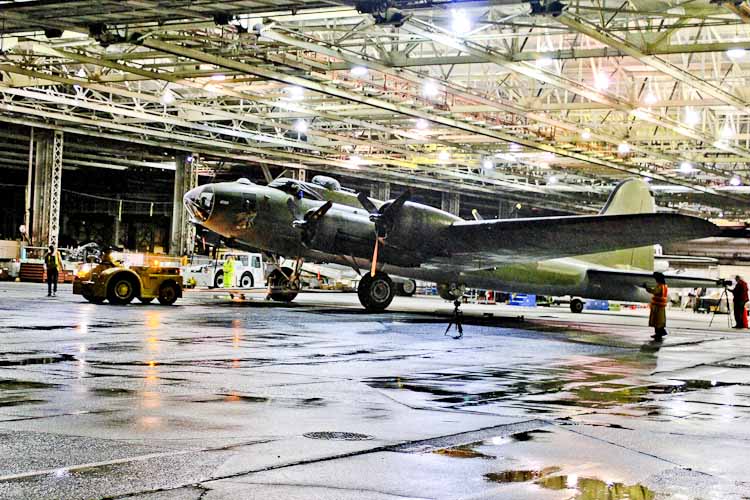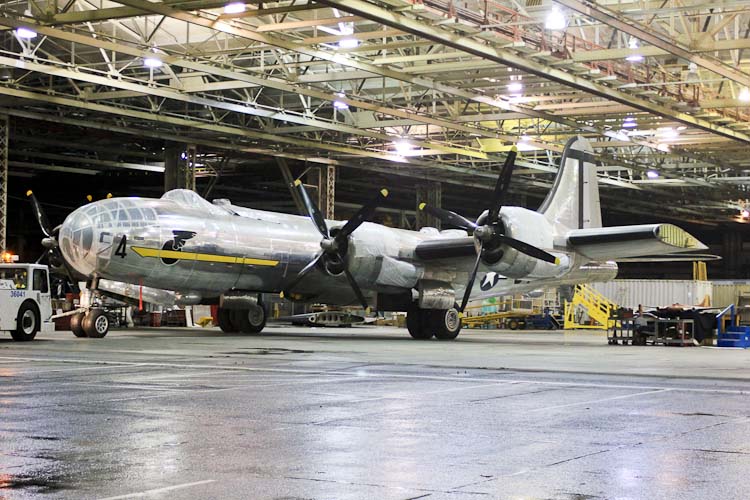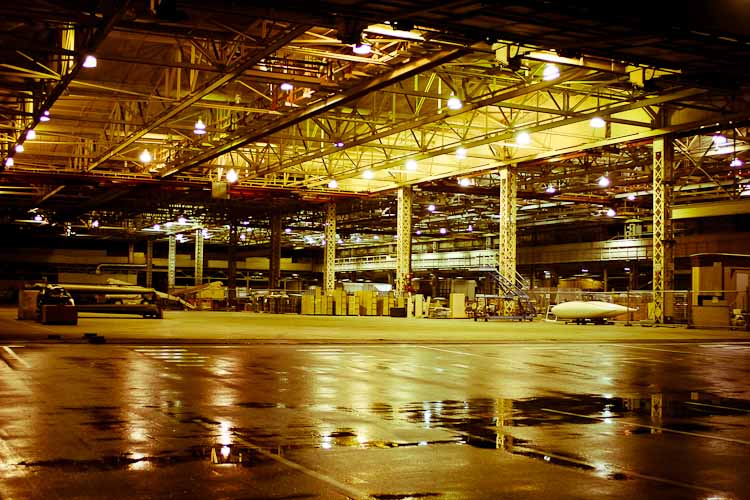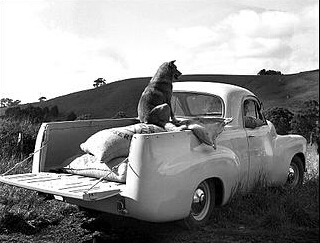|
Radschool Association Magazine - Vol 34 Page 13 |
|
Privacy Policy | Editorial Policy | Join the Association | List of Members | Contact us | Index | Links | Print this page |
|
|
|
The F-111
On the 3rd December, the F-111 was finally been put out to pasture and a lot of people who flew or worked on the old girl had a tear in his/her eye.
The F-111s were farewelled at a parade at Amberley following nearly four decades of service to Australia. The retirement of the F-111 fleet marks a significant milestone in the history of Australian military aviation. The long range strike bombers have supported Australia’s national security by providing a potent strategic deterrent.
The Air Force component of the Australian Federation Guard from Canberra acted as the Escort Squadron for the parade and the Air Force Band from Melbourne also participated – and I bet they loved every minute of it………...not!!
The parade was hosted by Air Commodore Chris Sawade, CSC (right).
Those who lost their lives in F-111 accidents and who died or have suffered serious health effects from working on the deseal - reseal programs were remembered as were the hundreds of RAAF air crew and thousands of ground based personnel who have worked hard to fly and maintain the F-111 during the last 37 years.
Australia has been the sole operator of F-111s for more than 10 years and the aircraft had become increasingly expensive to operate and maintain. The F-111G models were withdrawn from service in 2007 and on the 3rd Dec, the F-111Cs and RF-111Cs retired as well.
Laurie Lindsay sent us some wonderful photos of the old Pig – you can see them HERE. |
|
It is a cliché that most clichés are true, but then like most clichés, that cliché is untrue. |
|
The National Service Memorial
In April 2002, the National Servicemen's Association of Australia Inc (NSAA) made a request for formal recognition of national service to occur at the Australian War Memorial (AWM). In August 2002, Council agreed that a fountain (or bench) would be appropriate.
Subsequent correspondence with the NSAA resulted in reservation of a fountain site directly east of the front entrance of the main building in the proposed Memorial Courtyard.
On the 8th September, the memorial was dedicated by Her Excellency Ms Quentin Bryce AC, and over 4000 people attended the ceremony which honoured all National Servicemen who died on active service. It commemorates some 287,000 men called up in two schemes between 1951 and 1972 for service in the Royal Australian Navy, the Australian Army and the Royal Australian Air Force.
212 of those men died on active service in the Borneo and Vietnam conflicts.
The gathering was the largest ever reunion of National Servicemen and was a long anticipated acknowledgement of the service of young Australian men who accepted call-up duty, including being selected for service by “birthday ballot” during the Vietnam War.
The $600,000 memorial was financed by donations from the Australian and State Governments, local authorities, the National Servicemen’s Association of Australia, RSL branches and private donors.
|
|
Gallipoli – 2011
If you and/or your family are thinking of attending the Anzac Day commemorations at Gallipoli in Turkey in 2011, don’t forget to register your interest at the DVA web site.
Once registered, you will receive helpful information and tips on what to expect at Gallipoli and what to take with you.
You can access the site HERE. |
|
A perfect summer day is when the sun is shining, the breeze is blowing, the birds are singing and the lawn mower is broken. |
|
Sabre ejection seat.
Nev Williams IN the last edition there was a mention of Dick Whitman passing away and a link to a story by Frank Alley who remembers Dick from Laverton and where he mentions the Sabre Ejection Sequence and the Seat bolt and a “Mutiny”.
I was at ARDU at that time as a highly trained Blackhander and had some input (read Work) on the Seat bolt. ARDU had 2 main Hangers 33 and 34. 34 was the Sabre and Canberra Hanger. 33 was all other RAAF aircraft of the time. Well not all but we had a Goony Bird, Lincoln, Winjeel, Vampire, Meteor (Mk 7 and 8) and the Delta Wing Avro 707 Scale version of the Vulcan. I owned the gooney bird. (In other words I did the day to day care of the bird and where it went, I went), however I cannot remember the ARDU Mutiny. There was a BASE wide Canteen Munity where no-one used the Canteen or Boozer as a protest against ASCO pricing policy on beer.
Now to clear up a misconception on Sabre ejection, it was not the seat firing too early in the sequence and the canopy bow decapitating the pilot but a design flaw of the Canopy.
The ejection seat in the Sabre was a “North American - Rockwell” Ejection Seat and the seat had a handle under each seat armrest and under each handle there was a Trigger lever. Before ejecting, there was a bit of rig-morale to go through, you were supposed to lower the seat as far as it would go, then place both feet on the foot rests and then pull the 2 handles in the upwards direction.
Pulling up the handles ejected the canopy and tightened the Harness, then the triggers were closed and the seat went bang. From memory Bone Domes were not in fashion but the Blue Cloth Helmets were used.
Now this is where the design fault rears its ugly head.
The rear of the canopy had only one centre roller and the track ended BEFORE the front rollers had got to its end so now owing to the teardrop shape in flight aerodynamics took over lifting the rear of the canopy and thus lowering the front canopy bow to the approximate level of the Drivers eyes. Bad news there troops.
There was another way out, at the bottom of the Instrument panel there was a T Handle to jettison the canopy. To reach this handle a normal person had to bend over to reach it thus putting ones head below the lowered canopy bow saving one’s head. Now the pilot could sit up pull the levers and egress the aircraft.
Now to the bolts:
As the second method was a bit difficult to do in a sudden emergency, a bright Engineer came up with the idea of just blasting through the canopy instead of getting rid of it. Some sane head thought that this may be dangerous and if there was some way of breaking the Canopy glass it may be safer.
So the spring loaded Bolt mounted on the seat behind the head rest was born, and when the levers were pulled up instead of the canopy going the bolt was fired.
Three head designs were considered, flat, domed and pointed, all of which had to be tested to find the most efficient.
A seat was modified, bolts made and off to the RAAF School of Technical Training (RSTT) for the initial testing. All loaded into the Gooney, one seat, 4 canopies, troops, 3 photographers with high speed cameras the Engineering Officer, one Pilot (Jock Thompson, off the No 1 Engineering Apprentice Course), a Navigator who acted as wheel puller upper and self as a looker on.
RSTT had the prototype airframe as an instructional airframe. Some kind souls had had it on the edge of the tarmac area near one end, well away from hangers and on the opposite end to the Civilian Airport area. Mounted behind the aircraft were a number of Landing Nets at the appropriate positioning. Some-one had calculated where the seat may land
An articulated dummy was sat and strapped into the seat. On the dummy were pieces of Pig flesh complete with skin. This was to show up any trauma to the skin.
The inside of the canopy was painted with a slow drying paint. The seat and dummy were installed in the airframe and a long piece of string was attached to the firing mechanism and was ran out some distance behind the aircraft.
The camera was positioned. It was all go.
On the command Get ready, one, two, three – fire!! The cameras were started on 3 and on fire the piece of string was pulled. The bolt went straight through the canopy, the seat went off and went through the canopy and was caught in the landing net.
Now the really fun bit.
The seat and the dummy were recovered from the net. The bolt was searched for and found and then we had to find the bits of canopy that were on the ground and then play a big jig saw puzzle. The bits were taped back into position and then the paint on the pig flesh had to be matched to the scrapes on the inside of the canopy. |
|
|
|
This was repeated for each of the bolt shapes.
Very spectacular it was. On the ground the bolt punched a hole in the canopy and as the seat went through the Perspex/glass had a bit of a flex and a lot of broken bits.
When the 3 firings had been done and the film reviewed we returned to Laverton.
A few days later we had to go back and do another firing as the boffins wanted to confirm that what looked the best the results could be repeated. Off we went, one Pilot again, Engo as wheel puller upper, only going for the day and were coming back that afternoon/evening, so no-one took any clothes etc.
The firing was successful, but then the weather in Melbourne closed in, Jock discovered that his Green Card Instrument Rating had expired and as were operating as single pilot, he very smartly decided we were staying as he was not going to have his name mentioned in Parliament. Being a Friday the Engo gave those who needed to get home for family reasons the OK to go (some rides to Melbourne were organized, Hitch Hike, etc). some were not allowed to go including yours truly as the Engo went, leaving me to be the pretend claytons co-pilot and the wheel puller–upperer.
Now Wagga being a training base had fairly strict dress rules after working hours. All we had were overalls so we had a chit allowing us into the boozer, mess and cinema in overalls. Also he robbed the pay section safe and gave us an advance of pay.
About 3 days later we ventured home, it was a close thing weather closed in just after we landed.
A while later an Air test was done to see what happened when the bolt was fired in the air.
A Sabre flew past the Laverton Control tower below the level of the glass box. On top of the tower was a High Speed Camera and if I remember correctly on the front roof of hanger 34. The Pilot was a Canadian exchange pilot, I have forgotten his name but think it started with an S. We were all outside to watch.
He got it right the first time, fired the bolt at the correct place and we had lovely film to watch later. In the air the behaviour was different. On the ground we got a hole and some cracking of the perspex. In the air a crack went forward from the hole to the Canopy bow and rearwards to the tail of the canopy. The cracks were not in line but off set by about an Inch .
The Bolt was considered a success and was then fitted to all Sabres.
A small foot note on an unrelated matter:
Just after I arrived at ADRU I had a Vampire to care for and it was going for a local flight and I went along for the ride. First ride in a Vampire and first in a Jet. The pilot was the same Canadian who did the bolt test. Anyway when returning to land we only got 2 greens and a red.
Back over the Bay cycled the gear a few times still the same. The pilot decided to do a tower flypast to see if indeed the 3 were down and it was an electrical fault. He informed me that if only 2 were down or any doubt on 3 being locked down I was going to have a short swim in Port Phillip Bay just off Point Cook. He was going to throw me out in a MB Seat and have the crash boat pick me up. What an intro to Vampires. Fortunately the swim did not happen. Just a Micro switch fault. |
|
An amnesiac walks into a bar. He goes up to a beautiful blonde and says, “So, do I come here often?”
|
|
A380 Airbus.
Ken Hunt tells us that Rolls Royce have come up with an ingenious fix for the problems they were having with the engines on the A380 Airbus – he’s sent us a photo showing, in detail, how they went about it, see HERE.
End of an Era.
1944? No -
it's the year 2010. Early Saturday morning in a rainy Seattle. 0300 hrs
local time. The location: Boeing's historic Plant II - about to be torn
down after three quarters of a century producing thousands of the most
significant and historic airplanes ever built. In preparation for
demolition, three airplanes that have been undergoing
Then across East Marginal Way and out onto Boeing Field. They are the last airplanes to roll out of these doors. Ever.
First out
isn't even a Boeing airplane - but rather a Lockheed Super G
Constellation that
Next is a Boeing B-17 - especially heart-tugging as she is the last B-17 to roll out of these doors. Boeing built 6981 B-17s in this factory during WW II, at a peak rate of 16 per day. I guess you could say they built 6981 and rolled out 6982 - including this last ship - 65 years after her last sister.
Finally, a Boeing B-29 rolls under the raised hangar doors and out into the dark and wet night. The very last airplane that will ever roll from this factory.
|
|
|
|
|
|
|
|
|
|
The now empty factory bays sit silently, awaiting their fate.
|
|
|
|
Holden Ute!
Do you have a Holden ute in your museum or at home?
The
hardworking Holden utility is 60 in 2011 and the National Motor Museum
in Birdwood, SA is looking for Holden ute owners with an interesting
story about their vehicle to help celebrate this major milestone. The
cars, their owners and stories will be
So whether you are a farmer or city slicker, have a modern V8 or an old FJ; and whether your ute is still roadworthy or just rusting in the shed or back paddock, we want to hear from you.
Tell us your beaut ute story and be part of Australian motoring history.
If you can help or know someone who might be able to help, please contact Allison Russell at the National Motor Museum on 08 8568 4000.
Stories are being sought from all over the country and not just in South Australia.
|
|
Back Go to page: 1 2 3 4 5 6 7 8 9 10 11 12 13 14 15 16 17 18 19 20 Forward
|

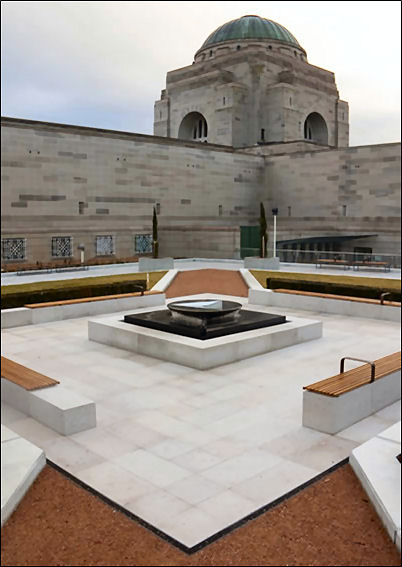
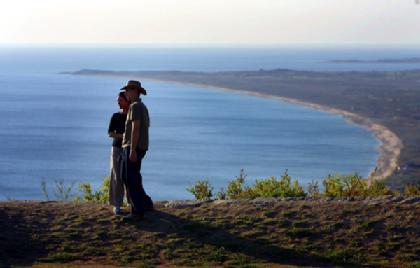
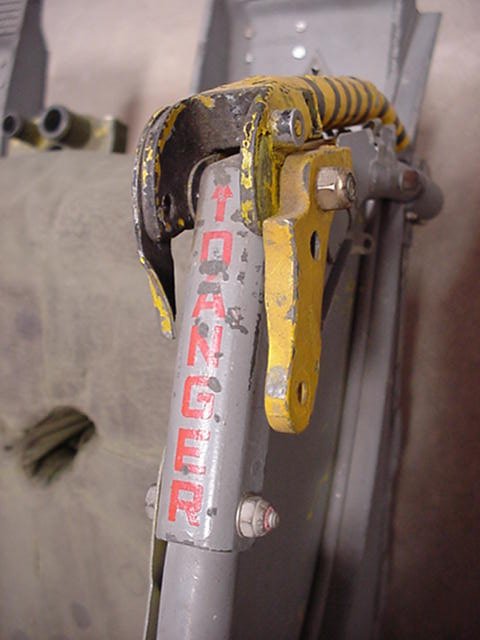

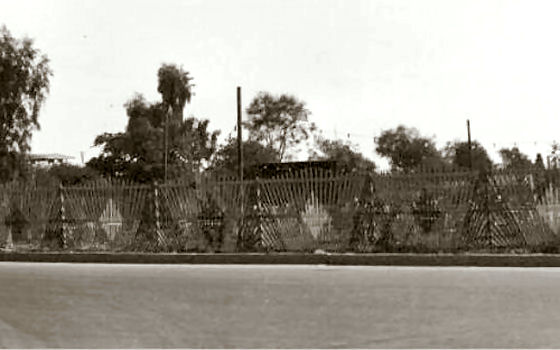
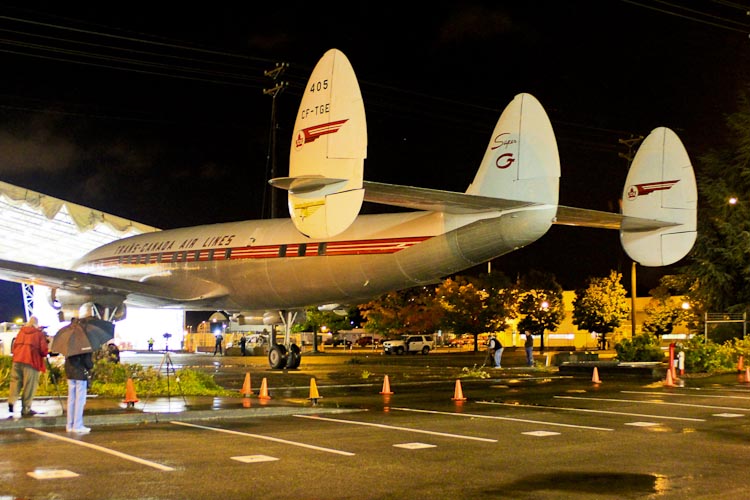 Museum of Flight restoration in the factory's assembly bays will have to
be moved. Just as in days past, with lights and images reflecting off
the wet pavement, the last three airplanes are rolled out. The giant
hangar doors are raised, the tugs and towbars are hooked up, and with
lights flashing, they are moved out of the factory and onto the historic
ramp, where so many have gone before.
Museum of Flight restoration in the factory's assembly bays will have to
be moved. Just as in days past, with lights and images reflecting off
the wet pavement, the last three airplanes are rolled out. The giant
hangar doors are raised, the tugs and towbars are hooked up, and with
lights flashing, they are moved out of the factory and onto the historic
ramp, where so many have gone before. 